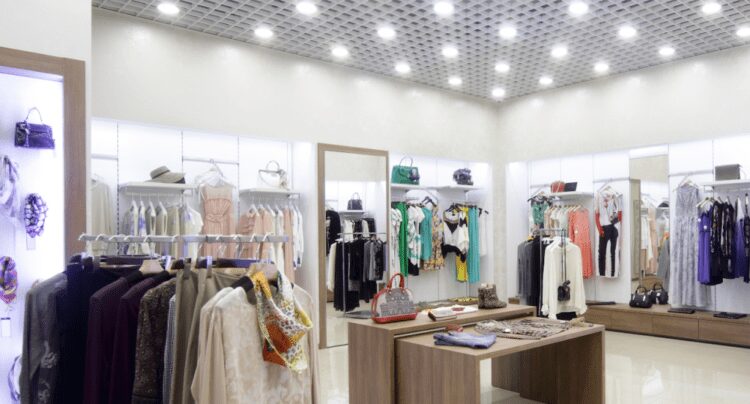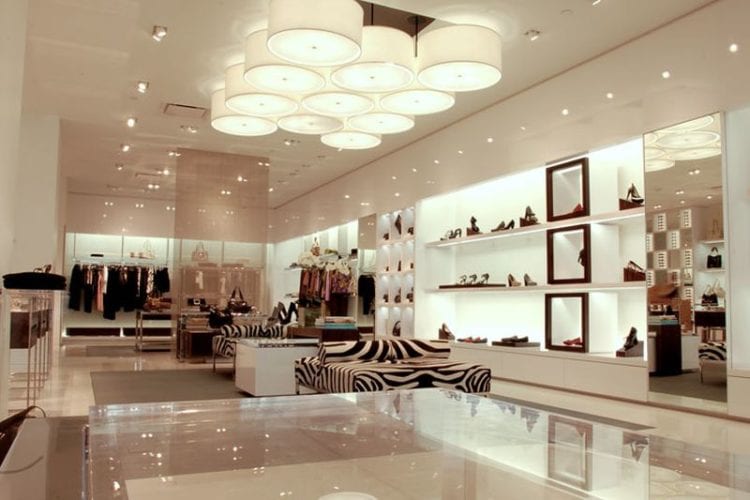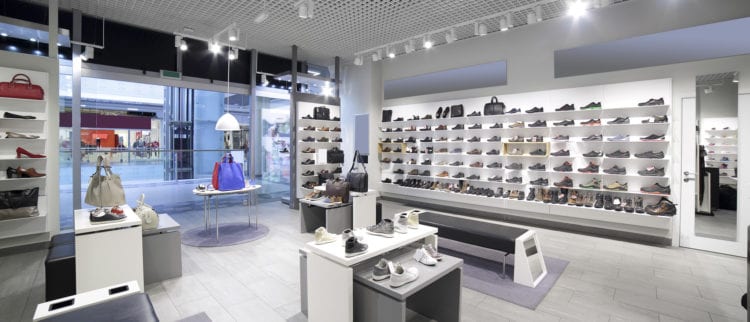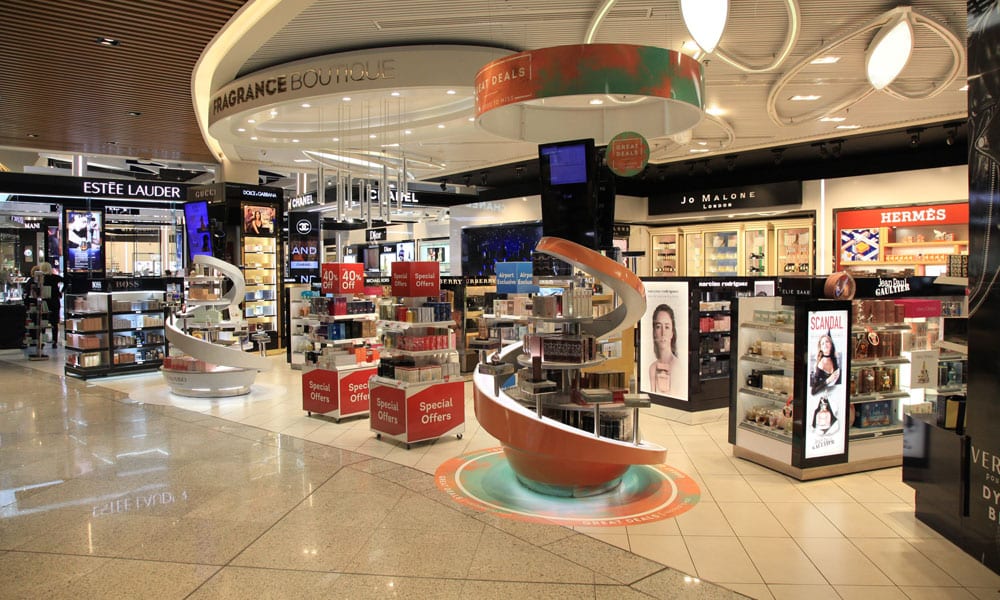When setting up a retail store, there are dozens of decor choices to make. The store’s lighting options is one of those decisions. Retail store lighting not only illuminates the store but also enhances its aesthetic outlook. As you plan the layout of your store, lighting design should be among your priorities.
How you set up lighting for your store goes a long way in enhancing your customer experience and sales. Besides, retail lighting sets the mood and also guides shoppers to critical areas of your store. Achieving an impeccable retail light-scape isn’t as difficult as you may think. You only need to understand the techniques and principles of retail lighting. These five steps will help you set up the most alluring lighting for your store display.
1. Understand Your Retail Lighting Options

Generally, according to storefixturesdirect.com the perfect lighting-inspired mood at a retail store is achieved by pairing light bulbs and light fixtures in different ways. Most retail stores combine four lighting techniques to enhance the ambiance of their space. These are accent lighting, task lighting, decorative lighting, and general lighting.
Accent lighting can be used to highlight particular areas in the store, as well as the décor and displays. This adds a sense of significance to your products by making them pop. Different types of accent lighting can be used to entice shoppers to specific areas of your store, such as products on shelves.
Task lighting illuminates areas of the store where more light is required for specific purposes or tasks. This may include dressing rooms, checkout counters, and service desks. You can also use task lighting to attract shoppers to products that are on display nearby.
As the name suggests, decorative lighting adds an ornamental element to accent and task lighting. You get this type of lighting by using fixtures that deliver a specific aesthetic, such as chandeliers or pendant lights. This helps to highlight your store brand besides filling a task, ambient, or accent lighting need.
General (ambient) lighting is the primary source of illumination for your store. It fills in any gaps between the light that you use to highlight counters, corners, displays, and shelving. Its purpose is to ensure that shoppers are comfortable and that they can easily find their way around the store.

2. Understand Your Options of Lighting Fixtures
The aforementioned lighting methods can only be achieved by using different light bulbs, which are strategically stationed to illuminate specific areas of the store. If done correctly, the entire space will not only look alluring, but customers will also be able to spot items that there are looking for in their best light.
In this regard, ensure that you use the right bulb brightness and color temperature. Ensure that you use bulbs that deliver a wide range of color temperatures and lumens. This will go a long way in creating the perfect look and the atmosphere that you want to achieve within your store.
3. Create Your Lighting Plan

Once you’ve understood your lighting options and settled on specific lighting fixtures, you should create a lighting plan for your store. The easiest way to do this is by sketching out your lighting ideas on your store’s floor plan. To get the results that you want, your store’s display areas should have accent lighting. On the other hand, workspaces should be brightened using task lighting.
Decorative lighting should provide an elegant flair throughout the entire space. A fixture such a centrally-placed chandelier will help to fill out any lighting holes that might have been left out by task or accent lighting fixtures.
Decorative lighting helps to attract customers, besides communicating your brand. When choosing this lighting fixture, be creative because decorative lighting can take different forms. You can install the fixtures on walls, in window displays, in recessed niches, at the entrance, or even on columns.
4. Create a Visual Hierarchy
Retail store lighting ought to be in high contrast to make perception easier. This helps increase shoppers’ attention towards what’s on the shelves. You can achieve the perfect lighting mood by using various light sources in your store. This way, you’ll create a contrast around the products that are on display. Likewise, it will be easier for customers to see and read the details of each product that you are selling.
Spotlighting can help you highlight products displayed on individual shelves, besides assisting you in creating shadows around shelves. Similarly, place lights strategically so that they direct customers to shelves holding your most essential items. Even as you focus on the lighting designs and fixtures within the store, you shouldn’t forget about the shop’s windows.
Lighting your store’s windows entices passers-by to come in and see what’s on sale. The use of pinpoint accenting in shop windows emphasizes perceived contrasts. Although low luminance can help you attract passers-by, use high contract illumination since it makes a bold statement about your brand and what you’re selling. This is an easy way of attracting impulsive shoppers into your store.

5. Create Backlighting Displays for Important Products
In every store, there are undoubtedly certain products that are more important than others. Therefore, you should prioritize product-focused lighting since it helps you highlight your most important products. Indeed, you cannot highlight all shelves in your store with contrast lighting since there won’t be any contrast. Nonetheless, by using sharp contrast frugally, you’ll be able to draw customers to new items, high-ticket products, or sales areas.
For extensive displays that require you to highlight large areas in your store, you should consider backlighting your displays rather than pinpointing individual products. In particular, soft backlighting can help you draw customers’ attention to shelves that are closer to the ground. Often, such shelves get ignored in favor of those that are at eye-level.
Lighting should be a core component of your in-store sales strategy. With proper lighting, you’ll be able to make a bold statement to your customers, thus boosting sales. Moreover, the right lighting goes a long way in enhancing the shopping experience in your store.

